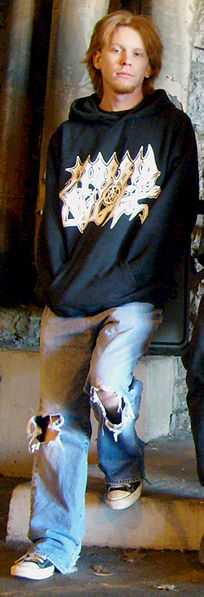The slang or vernacular of any subculture develops slowly and naturally over time. Not so with the words and phrases associated with the 1990s “grunge” music scene.
BACKGROUND
In the early 1990s, the biggest thing in rock music was grunge, a mixture of punk rock and dreary guitar riffs that shot bands like Nirvana and Pearl Jam into superstardom. It influenced other parts of culture, too—the leather boots and flannel shirts worn by the bands (because they were from cold and rainy Seattle) became a fashion movement.
In November 1992, journalist Rick Marin was writing an article about the grunge scene for the New York Times. Wanting to cover every aspect of the movement, Marin figured there must be a lexicon, so he called Caroline Records, a Seattle-based music label. Receptionist Megan Jasper answered and humored Martin with a list of “grunge terms” and their definitions…all of which she made up on the spot. “I thought we would have a hearty laugh, and he would have to write it off as 15 minutes wasted, but it never happened,” she says. Ironically, some of Jasper’s terms did become widely used slang terms, even appearing on T-shirts and bumper stickers. Here’s her list:
- Wack slacks: Torn-up jeans
- Fuzz: Thick wool sweaters
- Plats: Platform shoes
- Kickers: Heavy boots. “Kicks” became a common term for all shoes in the 1990s and 2000s.
- Bound-and-hagged: Staying home on Saturday night with your significant other instead of going out to a concert or club
- Dish: An attractive man
- Big bag of blotation: Drunk
- Swingin’ on the flippetyflop: Hanging out with friends
- Score: Great
- Harsh realm: Bad
- Tom-Tom Club: Inspired by the name of a dance-pop side project by the mainstream Talking Heads, Jasper claimed this meant “uncool outsiders.”
- Cob nobbler: A loser
- Lamestain: A cob nobbler
- Rock on!: See you later!











